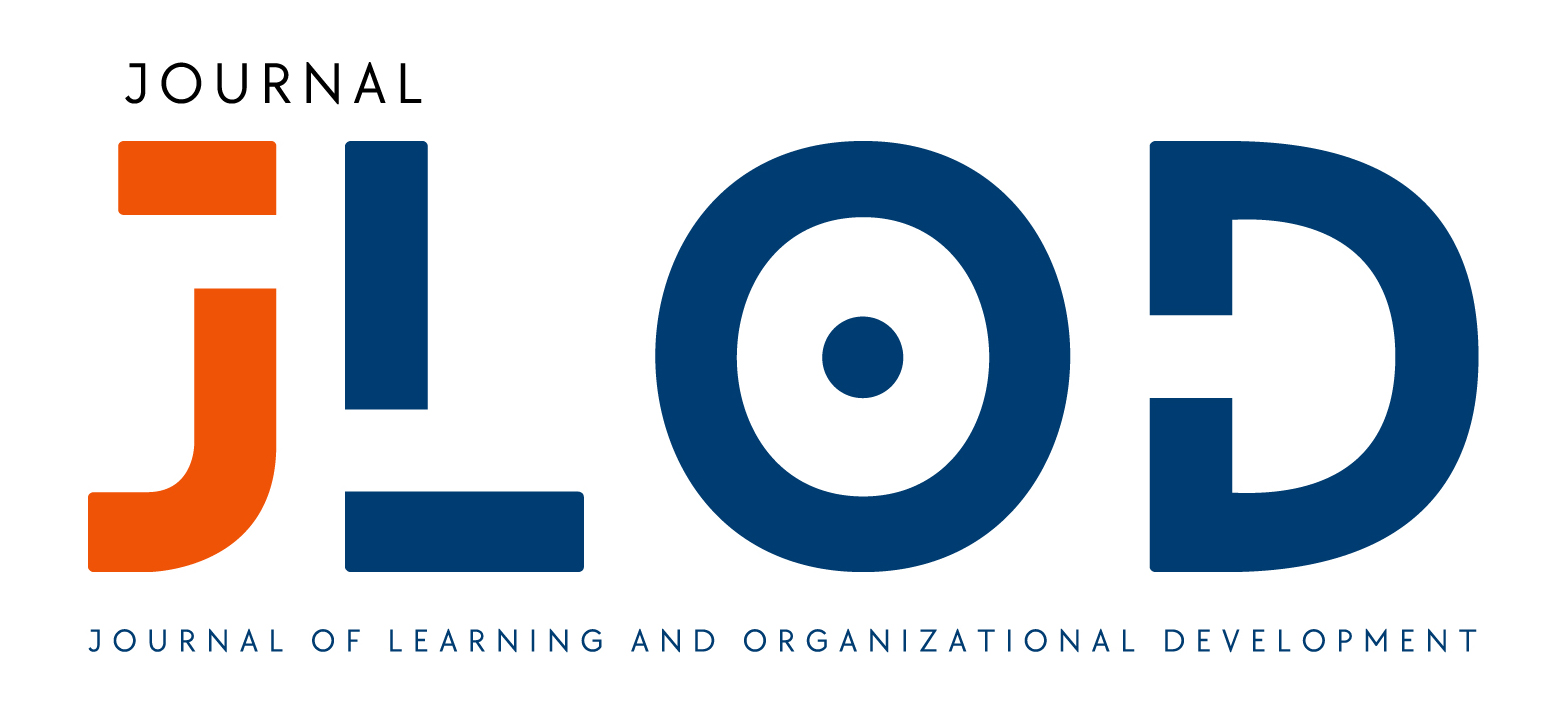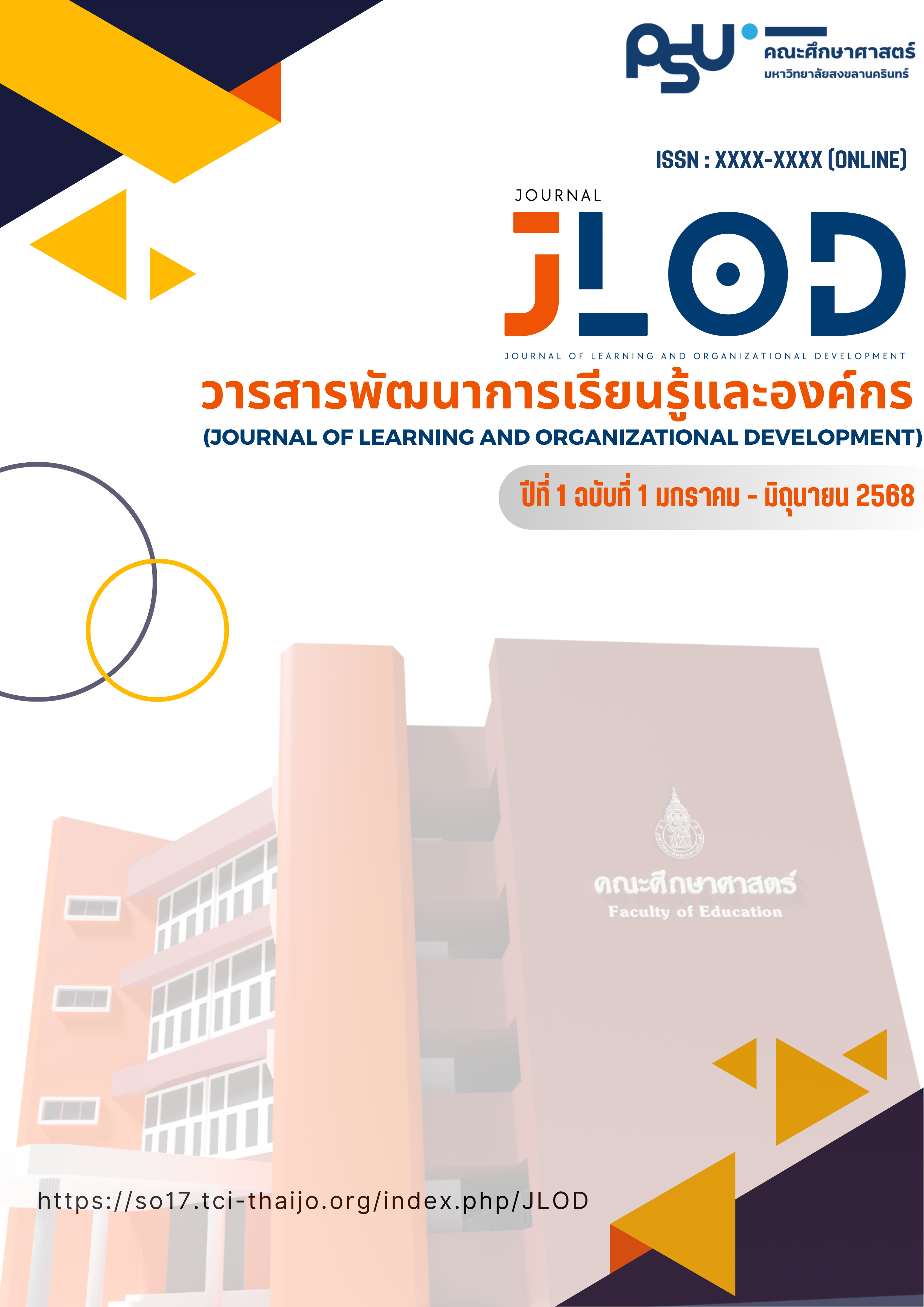Using the Six Thinking Hats Questioning Technique to Develop Analytical Reading Skills in English for Grade 10 Students at Prince of Songkla University Demonstration School (Secondary)
Keywords:
Six Thinking Hats questioning technique, Analytical English reading skills, Academic achievementAbstract
This research aims to 1) investigate the ability to read English analytically and 2) examine the achievement of learning through the six thinking hats questioning technique to develop the ability to read English analytically in Grade 10 students at Prince of Songkla University Demonstration School (Secondary) in Mueang District, Pattani Province, during the 2024 academic year. The target group consisted of 41 Grade 10 students at the school. The research instruments included 1) a lesson plan using the six thinking hats questioning technique and 2) an analytical reading test. The research was conducted over 8 sessions, with 2 sessions per week, each lasting 50 minutes. The statistics used in the research included mean, standard deviation, and dependent t-test.
The research findings revealed that 1) students’ analytical reading ability significantly improved after learning with the Six Thinking Hats technique, with a statistically significant difference at the 0.05 level, demonstrating that the Six Thinking Hats questioning technique effectively enhances students’ analytical reading skills. 2) Students’ academic achievement after learning was significantly higher than before learning, with a statistical significance level of 0.05. The standard deviation (S.D.) of the pre-test scores was 3.37, while the post-test scores had an S.D. of 3.95. The dependent t-test result was 10.49, indicating that the learning approach significantly contributed to the improvement of students' academic performance.
References
คชาภรณ์ คลังชำนาญ. (2547). ผลของการสอนคิดโดยใช้เทคนิคหมวกหกใบด้วยวิธีสอนต่างกันที่มีต่อการคิดวิจารณญาณของนักเรียนช่วงชั้นที่ 3. [วิทยานิพนธ์ศึกษาศาสตรมหาบัณฑิต, มหาวิทยาลัยเกษตรศาสตร์].
สุพรรณิการ์ สุทธหลวง. (2551). การใช้กิจกรรมการเรียนรู้หมวกคิด 6 ใบเพื่อส่งเสริมการเขียนภาษาอังกฤษเชิงสร้างสรรค์และบรรยากาศชั้นเรียนของนักเรียนระดับก้าวหน้า. [วิทยานิพนธ์ปริญญามหาบัณฑิต, มหาวิทยาลัยเชียงใหม่].
โสรัตน์ อับดุลสตา. (2555). การศึกษาการอ่านเชิงวิจารณ์ของนักศึกษาวิชาเอกภาษาอังกฤษชั้นปีที่ 3 มหาวิทยาลัยทักษิณ. วารสารวิชาการอัล-ฮิกฺมะฮฺ, 2(3), 85–97.
สำนักงานเลขาธิการสภาการศึกษา. (2550). การจัดการเรียนรู้แบบพัฒนากระบวนการคิดด้วยการใช้คำถามหมวกความคิดหกใบ. สำนักงานเลขาธิการสภาการศึกษา.
ยุวดี สมศรี. (2551). การพัฒนาความสามารถในการคิดอย่างมีวิจารณญาณของนักเรียนชั้นมัธยมศึกษาปีที่ 5 โดยการจัดการเรียนรู้ด้วยเทคนิคหมวกหกใบ.[วิทยานิพนธ์ปริญญาศึกษาศาสตรมหาบัณฑิต, มหาวิทยาลัยศิลปากร].
ฤชุอร ฟองตา. (2552). การพัฒนาความสามารถด้านการอ่านเชิงวิเคราะห์ของนักเรียนชั้นประถมศึกษาปีที่ 4 ด้วยการจัดการเรียนรู้โดยใช้เทคนิคหมวกหกใบ. [วิทยานิพนธ์ปริญญาศึกษาศาสตรมหาบัณฑิต, มหาวิทยาลัยศิลปากร].
มยุรา เมืองฮาม. (2556). การพัฒนาความสามารถในการอ่านภาษาอังกฤษอย่างมีวิจารณญาณของนักเรียนชั้นมัธยมศึกษาปีที่ 4 ด้วยวิธีการสืบสอบร่วมกับเทคนิคการคิดแบบหมวกหกใบ. [วิทยานิพนธ์ปริญญาศึกษาศาสตรมหาบัณฑิต, มหาวิทยาลัยขอนแก่น].
Bock, S. (1993). Developing materials for the study of literature. English Teaching, 31(63), 2-4.
Can, A. H., & Semerci, N. (2007). The effect of the six thinking hats technique on students’ academic achievement in social studies at primary school. Education and Science Journal, 32(145), 39-52.
Dallman, M. (1978). The teaching of reading. (5th ed.). Holt, Rinehart and Winston.
De Bono, E. (1990). Six thinking hats. Penguin Books.
De Bono, E. (1992). Six thinking hats for school. Haeler Brownlow Education.
Dhanapal, S., & Wern Ling, N. (2013). A study to investigate how six thinking hats enhance the learning of environmental studies. IOSR Journal of Research & Method in Education, 1(6), 20–29.
Khataybeh, M., & Tarawneh, N. (2015). The effect of using the six thinking hats method on the development of EFL female eleventh grade students’ writing skill in Southern Al-Mazar Directorate of Education. International Journal of Arts and Humanities, 1(4), 24–37.
McAleer, F. F. (2006). A thinking strategy for tomorrow’s gifted leaders: Six thinking hats. Gifted Education Press Quarterly, 21(20), 10-12.
Rajabi, P., & Tabatabaee, M. S. (2015). The impact of teaching critical reading strategies on the development of critical reading ability of Iranian EFL learners. Journal of Applied Linguistics (Dubai), 1(1), 75-90.
Salisbury University. (2014). 7 critical reading strategies. http://www.salisbury.edu/counseling/new/7_critical_reading_strategies.html
Downloads
Published
How to Cite
Issue
Section
License
Copyright (c) 2025 Journal of Learning and Organization Development

This work is licensed under a Creative Commons Attribution-NonCommercial-NoDerivatives 4.0 International License.






